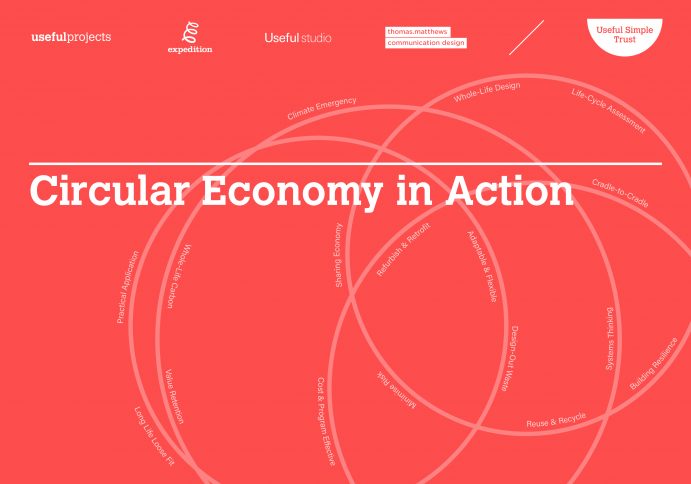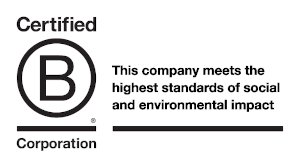Sharing Insights
2020 has the potential to become a breakthrough year for the Circular Economy. With more than a decade of experience in working on circular solutions across industries, there is no better time to share some of our insights in a new blog series.
A Window of Opportunity
The disruption caused by Covid-19 may present a unique opportunity to deeply evaluate the now widely paused linear system of Take, Make, Waste. The Circular Economy is a powerful model for tackling challenges around resource supply and waste management, but it also helps mitigate issues such as community resilience, carbon emissions and biodiversity loss. Moving towards more integrated and circular models of supply, ownership, utilisation and value recovery across the whole lifecycle of products and assets may quickly become the best option for businesses to secure their future, for communities to stay intact and for nature to stay alive.
From Theory to Practice
Much of the currently available information covers the theory of Circular Economy principles. Strategies with specific goals, collaboration across siloed disciplines and innovative approaches to business models are becoming familiar language. The Ellen MacArthur Foundation and others inform us of inspiring case studies that illustrate what is possible when everything falls into place. However, they can also lead to the perception that delivering Circular Economy solutions and their benefits require fundamental changes to how things are done. This can happen quickly, but we have found that organisations adapt gradually. It takes time to cultivate a different way of designing, communicating and delivering a Circular Economy, much like it takes time to master any new skill such as a language, an instrument or a vocation. And with any learning journey, it is helpful to have a framework for what determines progress and success.
As the Circular Economy is a complex challenge and universal metrics are yet to be defined, there are many facets to its success.
Sharing Practical Experience
We have helped deliver Circular Economy outcomes for more than a decade on innovative projects such as the London 2012 Olympics, the CE Top Tips for the Green Construction Board, and The Great Recovery. Sharing our learning from this work with the industry is fundamental to our mission of blazing a trail in the integrated, intelligent and ethical provision of the built environment.
Our Circular Economy Portfolio illustrates that effective approaches which lead to positive outcomes are already widely applied in the UK. We provide brief descriptions of the project briefs, our approaches and the specific Circular Economy outcomes.
We hope this will foster a wider recognition of successfully putting Circular Economy principles into practice across the industry and lead to better collaborations in the supply chain.
In Part II of this blog series, we look at an effective method to enable your project or organisation to do this. Please follow #usefulprojects_circular on LinkedIn where you will hear about it first.
Download our Circular Economy Portfolio (3.6MB PDF)
Part II – Five steps to success for a Circular Economy in the built environment
Part III – Ground breaking Circular Economy planning policy
Part IV – Infrastructure and the Circular Economy




